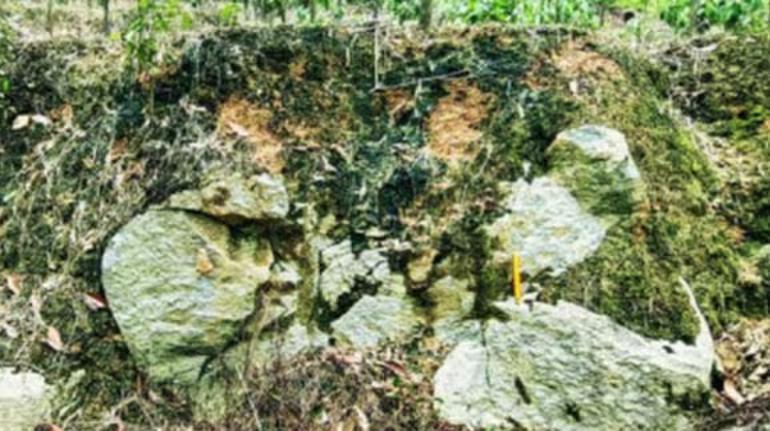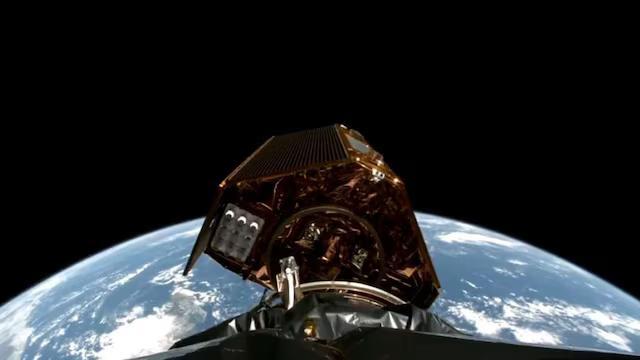
World’s largest modern crater discovered in China
In a groundbreaking discovery, scientists have identified an enormous impact crater in southern China, which is unusually large for modern times. The crater, named Jinlin, measures between 820 and 900 meters wide and approximately 90 meters deep, making it the largest known Holocene-era crater. This remarkable finding has sent shockwaves throughout the scientific community, as it provides valuable insights into the Earth’s geological history and the potential risks associated with meteorite impacts.
The Jinlin crater is a significant discovery, not only because of its massive size but also due to its exceptionally well-preserved state. Located in a monsoon-prone, humid region of southern China, the crater has managed to remain intact despite the challenging environmental conditions. The preservation of the crater is a testament to the region’s unique geology, which has allowed it to withstand the erosive forces of nature.
The discovery of the Jinlin crater was confirmed by the presence of quartz grains found within the crater. These grains, which are commonly associated with meteorite impacts, exhibit characteristic shock features that are only formed under extreme pressure and temperature conditions. The presence of these shocked quartz grains provides unequivocal evidence that the crater was created by a meteorite strike.
The Holocene era, which spans from approximately 11,700 years ago to the present, is a period of significant geological and climatic change. The discovery of the Jinlin crater highlights the potential risks associated with meteorite impacts during this time period. While the likelihood of a large meteorite impact is low, the consequences of such an event could be catastrophic, causing widespread destruction and loss of life.
The Jinlin crater is not only an important scientific discovery but also a reminder of the awe-inspiring power of meteorites. The impact that created this crater would have released an enormous amount of energy, causing massive destruction and altering the surrounding landscape. The fact that the crater has remained relatively intact despite the passage of time is a testament to the enduring legacy of this ancient event.
The discovery of the Jinlin crater also highlights the importance of continued scientific exploration and research. By studying this crater and others like it, scientists can gain a better understanding of the Earth’s geological history and the potential risks associated with meteorite impacts. This knowledge can be used to inform strategies for mitigating the effects of future meteorite impacts and protecting human populations from these potentially catastrophic events.
In addition to its scientific significance, the discovery of the Jinlin crater also has important implications for our understanding of the Earth’s geological history. The crater provides a unique window into the past, offering insights into the region’s geological evolution and the processes that have shaped the surrounding landscape. By studying the crater and its surroundings, scientists can gain a better understanding of the complex interactions between geological, climatic, and biological systems.
The discovery of the Jinlin crater is a significant achievement, and it highlights the importance of continued scientific exploration and research. As we continue to explore and study our planet, we are reminded of the awe-inspiring complexity and beauty of the natural world. The Jinlin crater is a powerful reminder of the forces that have shaped our planet and the potential risks that we face as a result of meteorite impacts.
In conclusion, the discovery of the Jinlin crater is a groundbreaking finding that has significant implications for our understanding of the Earth’s geological history and the potential risks associated with meteorite impacts. The crater’s massive size, well-preserved state, and characteristic shock features make it an important scientific discovery that will continue to be studied and explored in the years to come.






